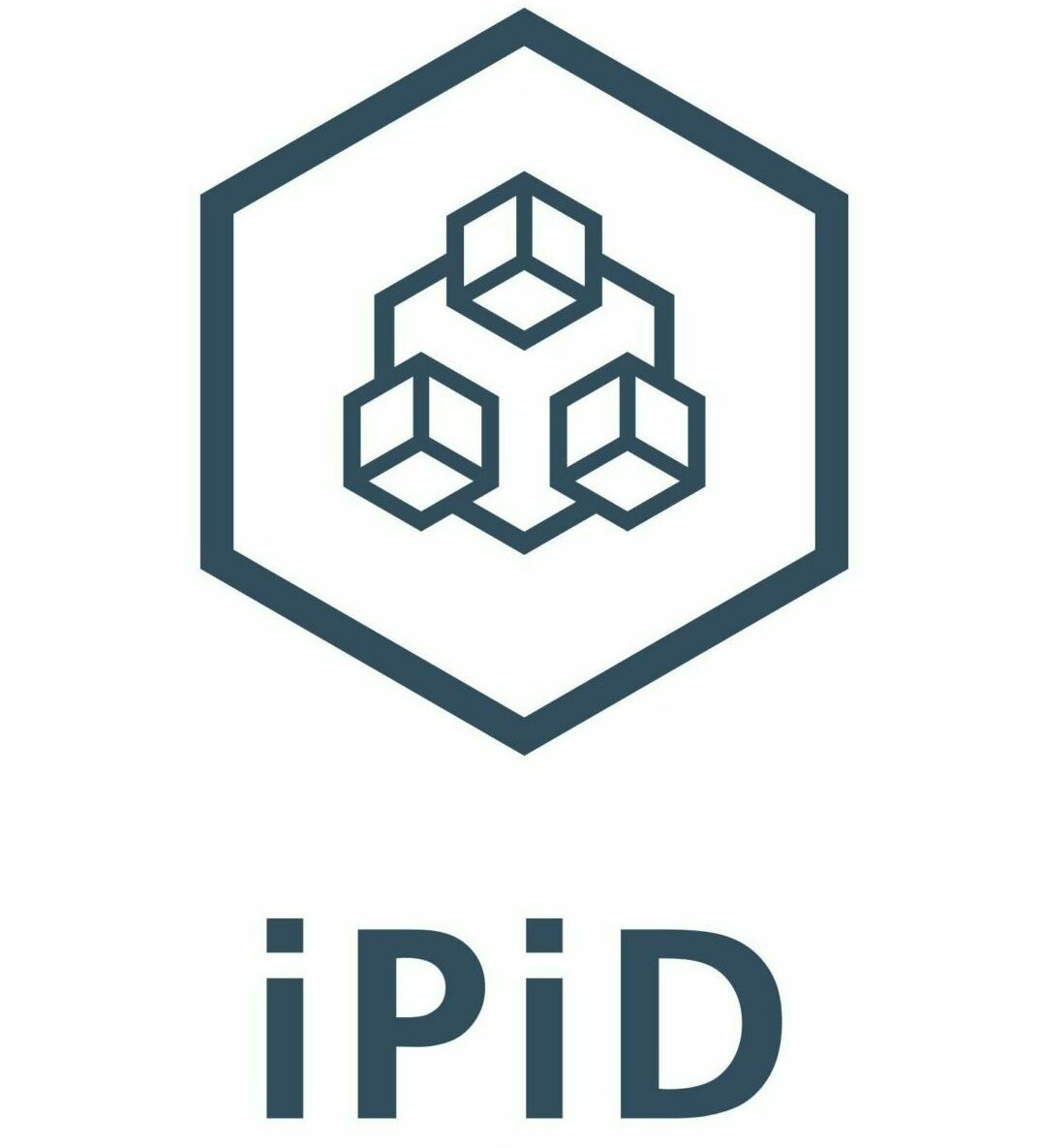
In this issue of the blog, we ask how are cross-border payments different from local payments, why are cross-border payments important, and how do we complete the payments puzzle?
In recent years, domestic payments have become faster, cheaper and easier with many countries introducing instant payment schemes. International payments, meanwhile, have lagged behind, particularly in terms of customer experience; it can take more time to find and validate payment and payee details than it takes to move the money to the other side of the world.
Does this matter? Yes! The increasing mobility of goods and services, capital and people means that cross-border payments have greater economic impact. According to the Boston Consulting Group, the value of cross-border payments is expected to increase from almost $150 trillion in 2017 to more than $250 trillion by 2027. This equates to a rise of more than $100 trillion in only 10 years.
Yet it is the growth of e-commerce in domestic markets that has generated the most innovation. Both opportunity and competition have encouraged the payments industry to find creative solutions for consumers to easily pay for goods and services. Many countries have created instant payment systems, while merchants or other service providers have built sophisticated and easy-to-use apps that include integrated payment features.


Now the race is on for cross-border payments providers to replicate the intuitive domestic payments experience in order to deliver the same experience globally. The fiercest battle is being fought in low value payments where dominant providers are revamping their existing rails and new aggregators are emerging.
So how is the international payments space different from the domestic and why has it taken longer for cross-border payments to catch-up?
Each country’s currency is effectively a ‘closed-loop’ system. This means that domestic payment systems based on those currencies are also closed loops with their own rules, formats and databases. And these are not directly connected with the systems of other countries, which in turn are based on their own proprietary rules and technology. So, when we want to make a payment between two countries, international banks work with their overseas counterparts (where banks keep accounts too) to make the transaction on our behalf in a foreign currency. Other payment providers, such as fintechs and money transfer agents, also use this interbank, or correspondent banking, network to provide payment services to businesses and individuals.
But correspondent banks still have to find ways to ‘bridge the gap’ between different payment systems and their individual data sources, formats and rules. This can be difficult and payment failures are expensive. In one of our other blogs, we note that the average bank spent more than US $360,000 in 2020 on failed payments and that the total cost to the global economy amounted to US $118.5 billion in the same year.
Enhancing the efficiency of cross-border payments has therefore been set as a priority by the world’s leading governments in order to support economic growth. Their aim is to eliminate the frictions in existing cross-border payments processes and to make international transactions as easy and fast as paying for groceries at the local supermarket.
One of the biggest challenges facing banks, fintechs and other payment service providers is fragmented and broken data. Traditional payment messages need to contain enough information to confirm the identity of both parties to the payment, and to confirm the legitimacy of the payment. Data standards and formats can vary significantly across countries, systems and message networks. At the same time, people make mistakes or do not know the correct information for more complex, international transactions.
Most importantly from a customer perspective, the cross-border payments experience is often daunting, difficult or expensive – and capturing and validating beneficiary details is the most cumbersome step.
iPiD can help!
This is one of the key areas in which iPiD can help banks, fintechs and other payment service providers. Our addressing service enables them to offer a simple, secure and seamless experience to their customers by replicating in the international payments space the intuitive experience that people enjoy when using their domestic payment systems. Our addressing service does this by using a payment beneficiary’s preferred ‘alias’, such as a phone number, email, WeChatID or QR code, and mapping that to the financial account details needed to make a payment, including the bank name, BIC or IBAN.
In this way, customers only have to provide the information they already know and we help to remove the friction from the payments process. And because iPiD is platform-agnostic and based on API technology, it works on existing payment rails, can be integrated into any bank and fintech solution, and leverages existing regulatory compliance processes.
This is the missing piece in the cross-border payments puzzle.
For more information on making payments using a proxy or alias, and API orchestration, read our blog here.
